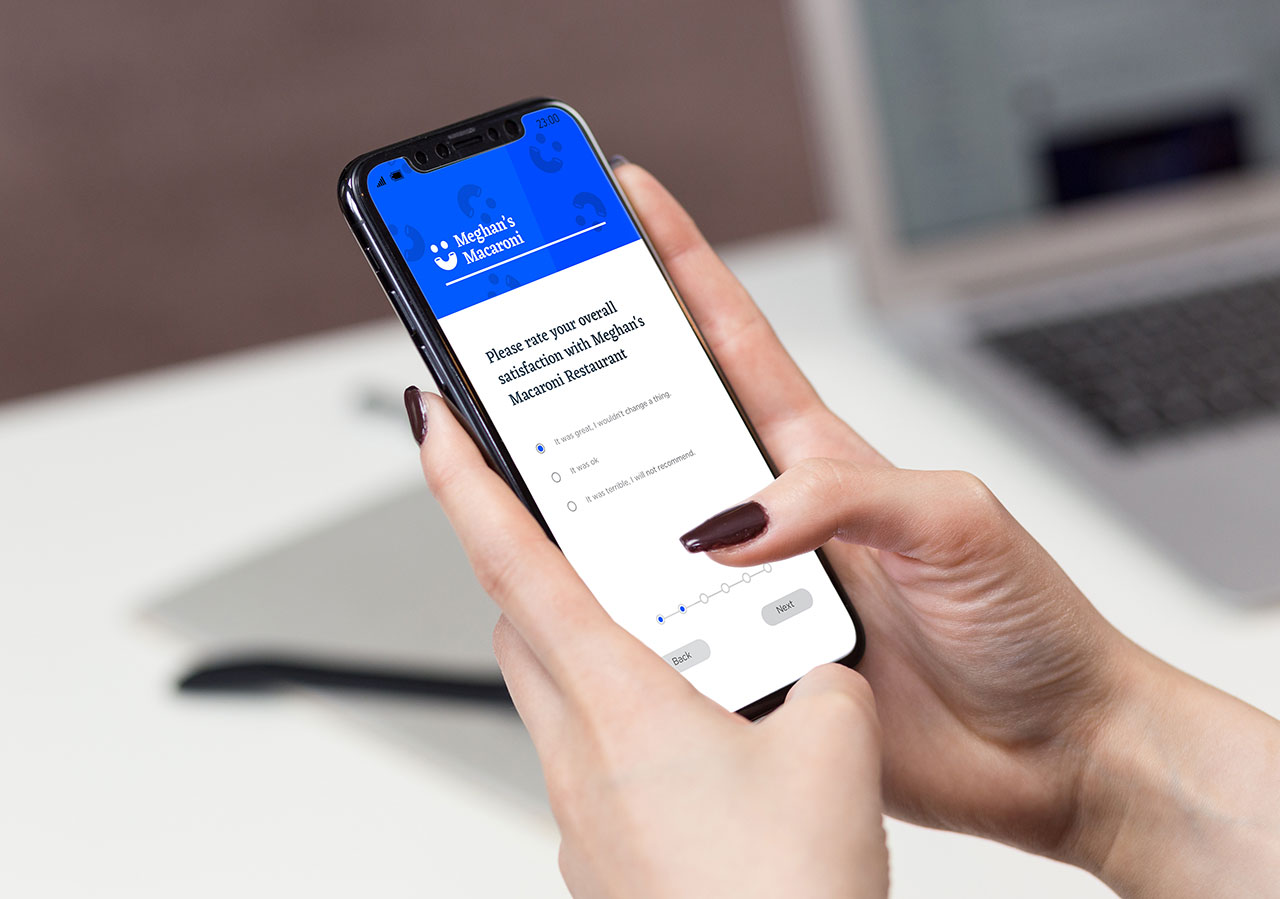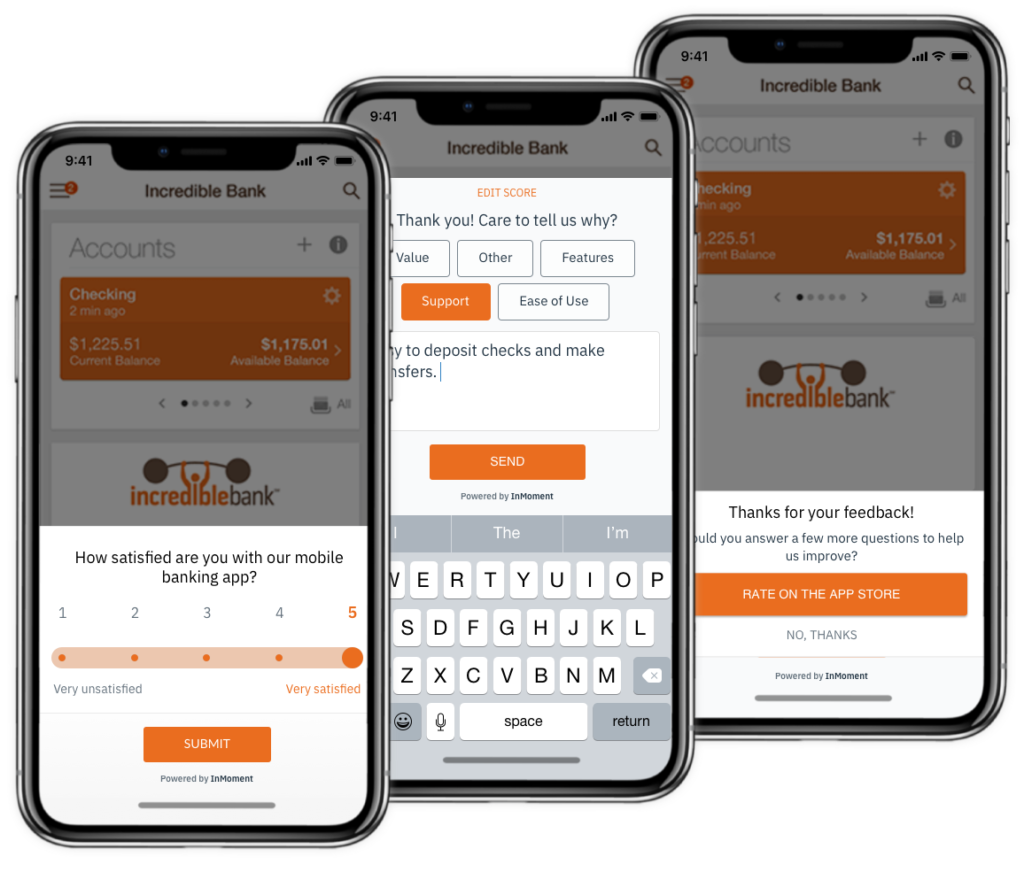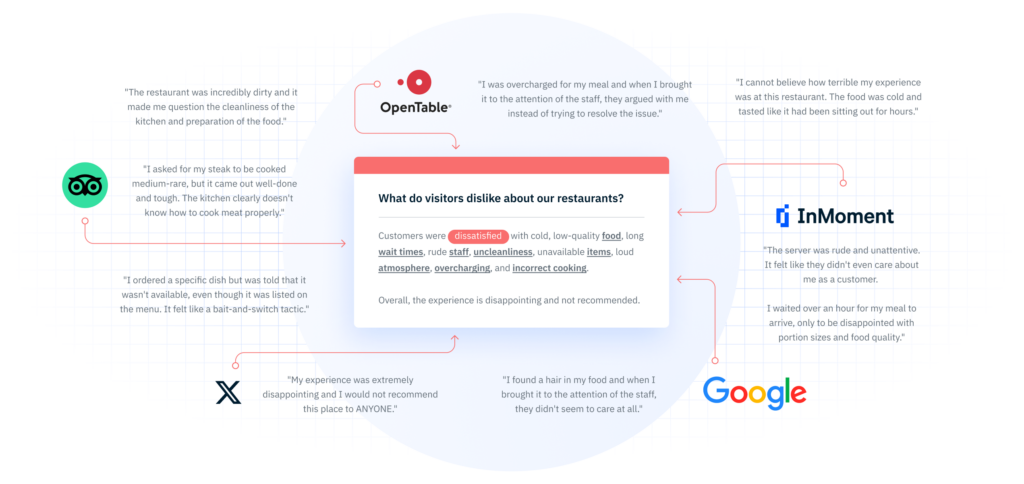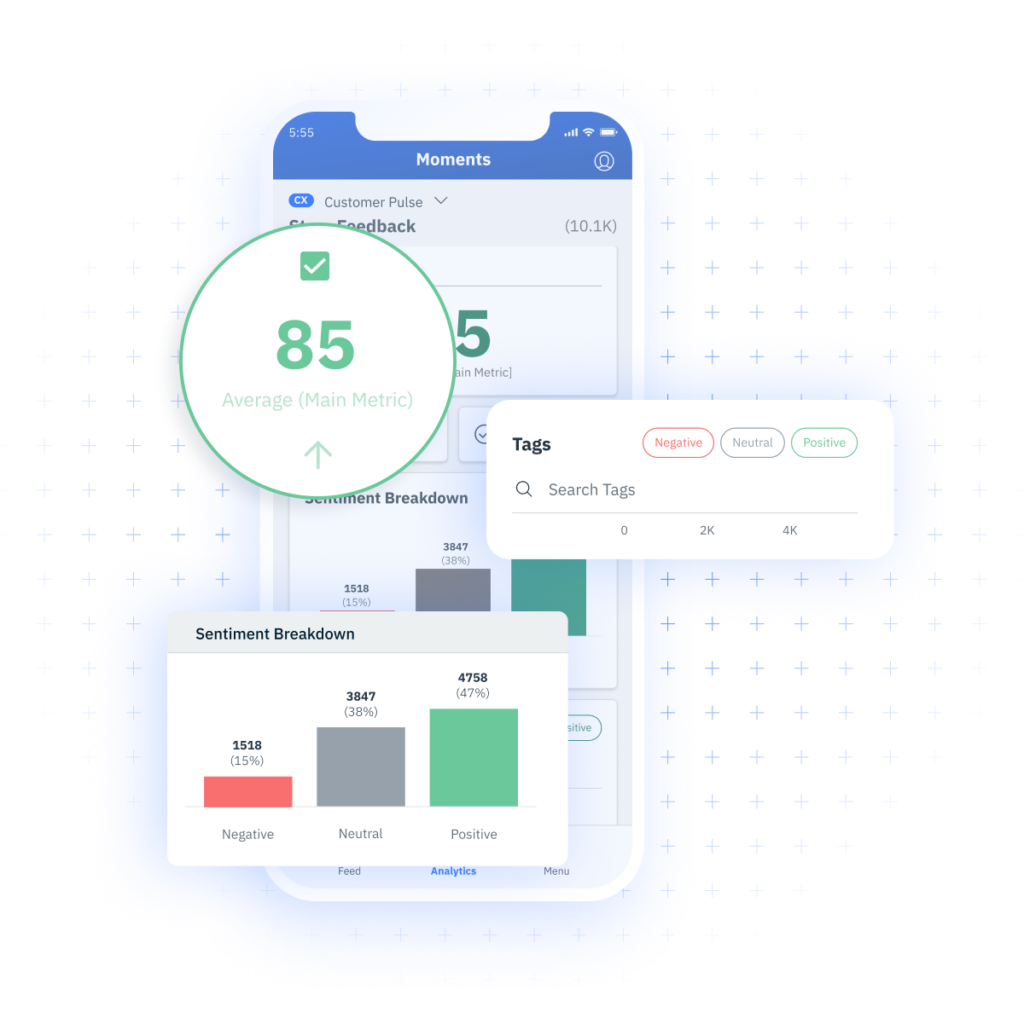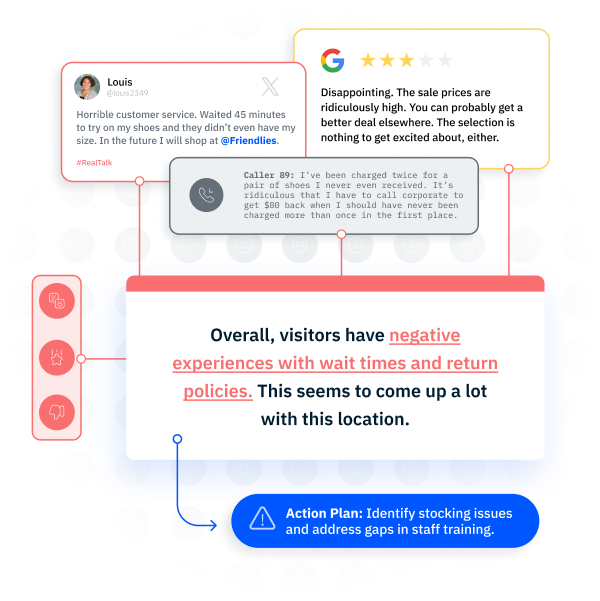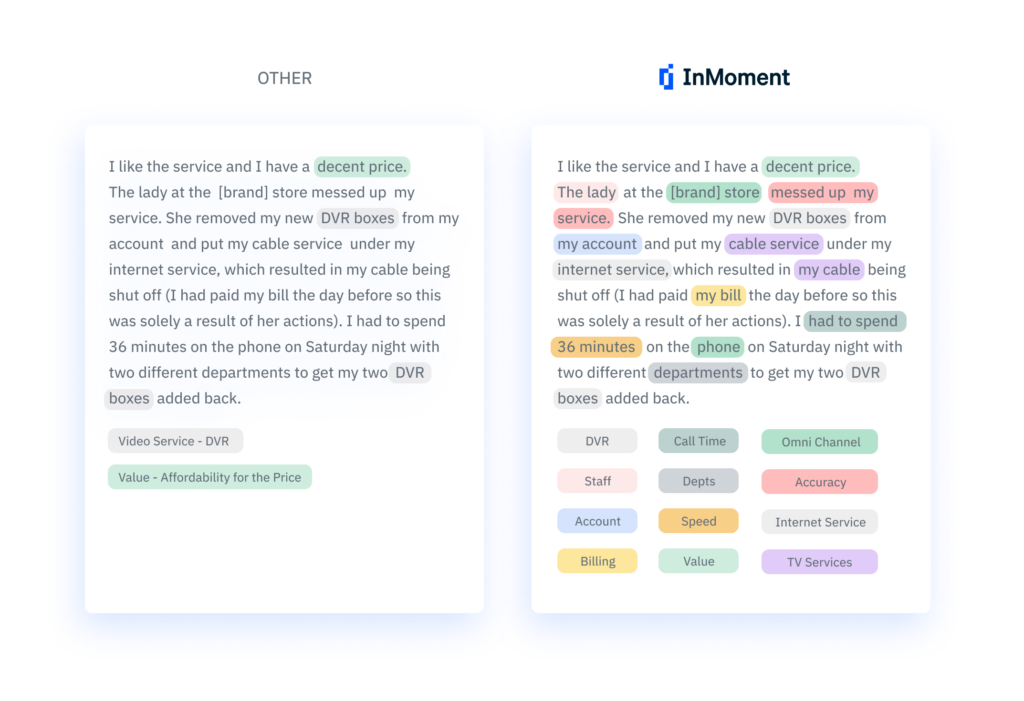If you received an invitation to take a survey, you would probably be more likely to actually participate if the topic of the survey interested you. That’s the heart of voluntary response sampling. Like all other methods of sampling, voluntary surveys have their pros and cons. It’s one of the easiest ways to sample quickly and get responses, but it can also result in voluntary response bias.
What is Voluntary Response Bias?
A voluntary response is when someone volunteers to be a part of your sample. In doing so, you’re allowing them to skew your data and you don’t get results that are representative of the whole population. Thus, you get biased feedback.
Voluntary response bias refers to how allowing your sample to self-select skews your data, and you don’t actually get results that are representative of your whole population. Voluntary response bias isn’t always inherently bad; it’s not considered the worst of the biases that could arise in your sampling. But it can lead to more extreme results than would actually be true for your population as a whole.
Why Is Voluntary Response Sampling Biased?
When you create a survey, you want to get results that are representative of your population, so you can make the right decisions based on the data. If you’re allowing your sample to self-select, you’re not getting data that shows your entire population. You’re only getting data that reflects your sample. That leaves you with results that aren’t generalizable, and generalizing them anyway is where bias becomes a real problem.
Voluntary response also opens your survey up to the possibility of favoring more extreme results than your population actually experiences. Think about it this way: respondents are more likely to volunteer for a survey if they’re passionate about the topic. The passionate responses can skew your results. You’ll have the customers who loved your product the most (or had a terrible experience) responding instead of your average customer. That could lead to bias problems. You could end up making decisions on products and services that are slightly skewed by voluntary response bias.
What Is an Example of Voluntary Response Bias?
To illustrate voluntary response bias, let’s consider a scenario involving a survey on customer satisfaction with an online retail platform.
Survey Design:
Imagine a company conducts an online survey to gather feedback on customer satisfaction with its e-commerce platform. The survey is distributed through email newsletters and social media, allowing customers to voluntarily respond to questions about their shopping experience.
Voluntary Response Bias in Action:
- Customers who had an exceptionally positive or negative experience with the online retail platform may be more motivated to participate in the survey.
- Customers with neutral or average experiences may be less inclined to take the time to provide feedback, potentially leading to a skewed representation of customer satisfaction.
Resulting Bias:
- The survey results may disproportionately reflect the views of customers who had either highly positive or negative experiences.
- The findings might inaccurately suggest that the majority of customers either love or strongly dislike the platform, creating a potential misrepresentation of overall customer sentiment.
Impact on Generalization:
- If the company relies solely on these biased survey results, they may make decisions based on an exaggerated understanding of customer satisfaction, potentially overlooking the needs and opinions of the more moderate majority.
This example emphasizes how voluntary response bias can manifest in retail surveys when individuals with extreme opinions are more likely to participate, leading to a sample that may not accurately represent the broader spectrum of customer experiences. Recognizing and addressing such biases is crucial for obtaining a more balanced and reliable understanding of customer sentiments in the retail sector.
How to Avoid Voluntary Response Bias
Voluntary response bias can significantly impact the quality of your research results, and potentially lead to skewed and inaccurate conclusions. There are several steps researchers can take to minimize or avoid voluntary response bias and enhance the overall quality of their research.
1. Use Random Sampling Techniques
Employing random sampling methods such as systematic sampling ensures that every member of the population has an equal chance of being selected. This reduces the likelihood of biased participation and contributes to a more representative sample.
2. Ensure Anonymity and Confidentiality
Assure participants of the anonymity and confidentiality of their responses. When individuals feel that their privacy is protected, they may be more willing to participate, reducing concerns about potential repercussions and encouraging a broader range of participants.
3. Implement Post-Stratification Techniques
After data collection, post-stratification techniques can be used to adjust the weights of different groups to match the known population distribution. This helps correct any imbalances that may have occurred during the voluntary response process.
4. Pilot Test Surveys
Before launching a full-scale survey, conduct pilot tests to identify and address any issues with clarity, wording, or potential biases in the questions. Pilot testing helps refine the survey instrument and improve the quality of data collected.
5. Be Transparent About Study Objectives
Clearly communicate the objectives and goals of the research to participants. Providing transparency can attract individuals who are genuinely interested in the topic, rather than those with extreme opinions or biases, leading to a more balanced representation.
By incorporating these strategies into the research design, researchers can minimize the impact of voluntary response bias and enhance the reliability and validity of their study findings. It’s essential to carefully consider the potential biases inherent in voluntary response sampling and take proactive steps to address them throughout the research process.
Advantages of Voluntary Response Sampling
Voluntary response sampling has its own set of advantages in certain situations. Randomly selecting a population and getting those chosen to participate in the survey can be difficult, time-consuming, and expensive. Voluntary response bias can eliminate that. You aren’t spending time tracking down participants and designing your survey since your sample is just those who are already willing to participate in your survey. Here are some key advantages to consider:
1. Cost-Effective
Voluntary response sampling is often a cost-effective method as it involves minimal resources to collect data. Participants voluntarily choose to respond, reducing the need for extensive outreach efforts or financial investment.
2. Quick Data Collection
The process of collecting data through voluntary responses is generally rapid. Since individuals willingly participate, there is no need for lengthy recruitment processes or follow-ups, making it a swift method for gathering information.
3. Ease of Implementation
Implementing voluntary response sampling is relatively simple. Researchers can easily distribute surveys or questionnaires through online platforms, social media, or other accessible channels, allowing for a quick and straightforward data collection process.
4. Wide Geographic Reach
Voluntary response sampling often allows for a broad geographical reach. Through online surveys or other digital means, researchers can attract participants from diverse locations, contributing to a more extensive and varied dataset.
5. Potential for Unbiased Insights
In some cases, voluntary response sampling may provide insights into niche or underrepresented groups. Participants who choose to respond may have a genuine interest in the topic, leading to a diverse set of perspectives that might not be captured through other sampling methods.
Disadvantages of Voluntary Response Sampling
Voluntary response sampling has some very obvious disadvantages. Using voluntary responses can allow bias to creep in on the results and skew data. Voluntary response also can introduce undercoverage bias. Your population could potentially be a complex and diverse group of people. When you use voluntary responses, only those who are inclined to respond are represented in the results. While voluntary response sampling has its advantages, it is crucial to be aware of its limitations and potential drawbacks. Here are some key disadvantages to keep in mind when deciding to participate in voluntary response sampling:
1. Selection Bias
One of the most significant challenges with voluntary response sampling is the potential for selection bias. Individuals who choose to participate may differ systematically from those who do not, leading to a skewed representation of the population and compromising the generalizability of the findings.
2. Lack of Randomization
Voluntary response sampling lacks the randomization inherent in more rigorous sampling methods. This absence of random selection can contribute to a non-representative sample, making it difficult to draw accurate conclusions about the broader population.
3. Limited Control Over Sample Composition
Researchers have limited control over the composition of the sample in voluntary response sampling. Certain demographic groups may be overrepresented or underrepresented, impacting the reliability of the collected data and potentially introducing confounding variables.
4. Potential for Misleading Conclusions
Participants in voluntary response surveys may have strong opinions or experiences related to the subject matter, leading to biased results. This can result in findings that are not reflective of the overall population and may lead to misleading conclusions.
5. Difficulty in Establishing Causation
Establishing causal relationships is challenging with voluntary response sampling, as the self-selected nature of participants makes it difficult to determine whether observed correlations are causal or influenced by other factors.
When utilizing voluntary response sampling, researchers should be aware of these disadvantages and carefully consider the appropriateness of this method for their specific research goals and the nature of the population under study.
Collecting Responses and Feedback
Voluntary response bias is a real risk researchers face when using voluntary response sampling. But considering what voluntary response bias does to a survey also opens up a discussion of the larger challenges with surveying. Choosing methods and creating accurate, simple, and powerful surveys is important, and shouldn’t be taken lightly. With InMoment, you’ll have access to best-in-class survey tools that will help you collect, analyze, and act on customer feedback. Schedule a demo today to see it for yourself!


